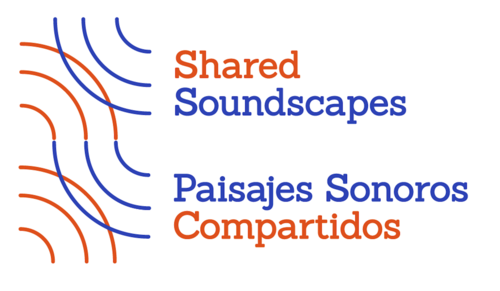About the Project
¿How are the music and dance traditions practiced, transmitted, preserved, refreshed, and disseminated in communities of the Peruvian Northern Coast and the Central Rainforest? Based on a collaborative research design the present project explores the current impact which a web of actors has in reactivating traditional music like la marinera executed with the harp and sonkari instrumental music played with the Amazonian flute, as well as in dances such as the Danza de los Diablicos and the Maninkerentsi o Maninketakantsiperformances. The Peruvian state claims that the nation’s strength is based on cultural diversity as manifested in its rich musical legacy. Institutional sound archives build on research and recordings primarily collected by anthropologists. For their part, anthropologists document oratory, music and dance not only to preserve it, but also to acquire a better understanding of their close intertwining with everyday life, festive events, the transmission of knowledge between generations, and the manifestation of collective identity for cultural and political ends. At the same time, local communities of the Northern Coast and Asháninka and Nomatsiguenga peoples of the Central Rainforest reactivate sonic traditions for the purpose of claims on local cultural heritage and/or engagement in identity politics.
“Shared Soundscapes” is a project based on a collaborative research design that reflects on the impact of this web of actors interested in oratory, music and dance. The interest of local communities of the Northern Coast and the Central Rainforest in reactivating their sonic expressions is at the heart of the project, which focuses on them since they have received little attention to date. It intends to return, reactivate and disseminate historical recordings of the Northern Coast and Central Rainforest communities archived at:
- The Institute of Ethnomusicology (IDE) at Pontificia Universidad Católica del Perú (PUCP). In the late 1980s, the IDE recorded music of the department of Lambayeque of the Northern Coast as part of a music preservation project. These materials include 393 photographs, 37 hours of VHS recordings and 29 hours of video recordings and document genres such as of the marinera and the Danza de los Diablicos in Eten and Túcume.
- The individual collection of German anthropologist Manfred Schäfer (1949-2003). In the 1980s, Schäfer taped music played and sung by Asháninka and Nomatsiguenga of the Central Rainforest and by Ashéninka of the Gran Pajonal. His collection includes 12 hours of sound recording of discourses, narratives and songs as well as sonkatantsi and tamporotantsi music, more than 2,000 color slides, 7 hours of super 8 films and additional 16-mm footage. He filmed the documentary “In Green Heaven”.
Since both archives are located in major cities of Peru and Germany, their materials have not been sufficiently accessible for the descendants of the people recorded and the communities that are heirs to these cultural traditions. Shared Soundscapes seeks to overcome this divide by developing a model for reactivating the materials held in existing archives and creating new archives in the communities themselves.
